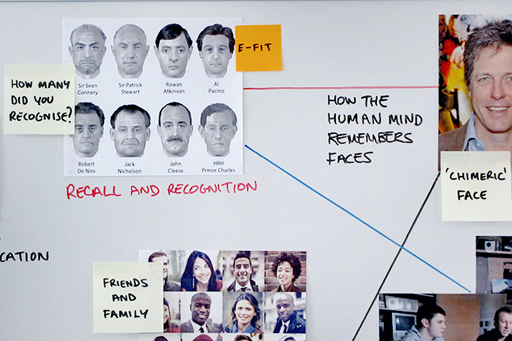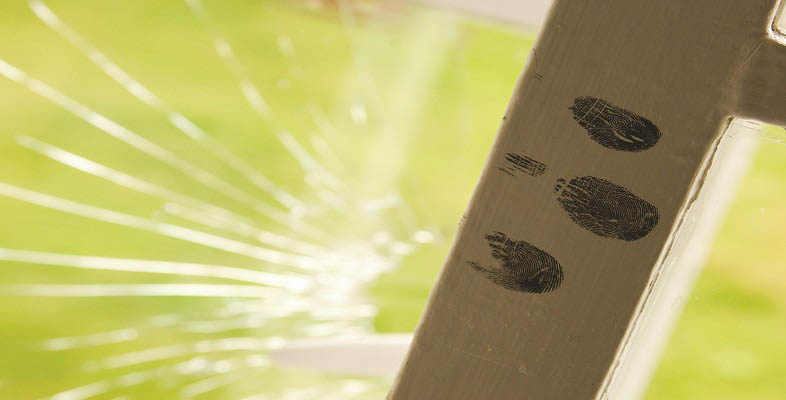2.3 Recall and recognition

The police only need one person to recognise a composite to provide them with a lead. How many did you recognise? It’s unlikely you recognised them all.
Although E-FIT was based on psychological knowledge of how we remember faces, it still relied on a witness picturing the face in their mind and then describing it to an officer.
In Activity 1 you had to recall a face and describe it, and you probably found this a very difficult task. In Activity 2, involving two halves of celebrity faces, you attempted to recognise faces that were either shown in halves or as a composite image. Despite this, you probably found recognising the faces far easier than you did recalling a face previously. The difference between recall and recognition is an issue that has been explored extensively in psychological research. In general, our brains seem to be far better at recognition. Just think how many different objects and faces you can recognise, how quickly you do this and how rare it is that you make a mistake. By contrast, recall is something we find much more difficult and tend to make far more errors when doing.
As you will see in the next video, the difference between recall and recognition was a key element in the design of the next generation of composite systems.
